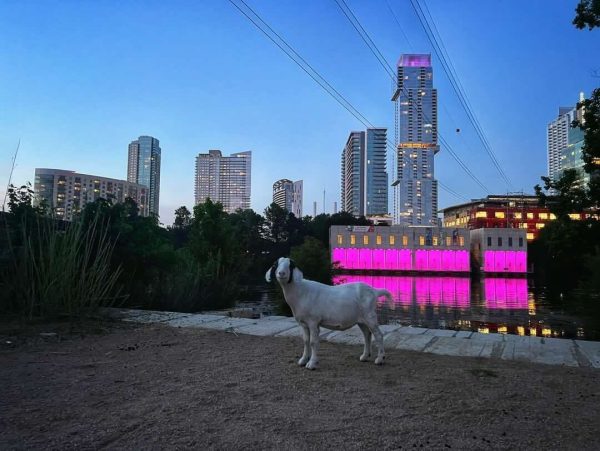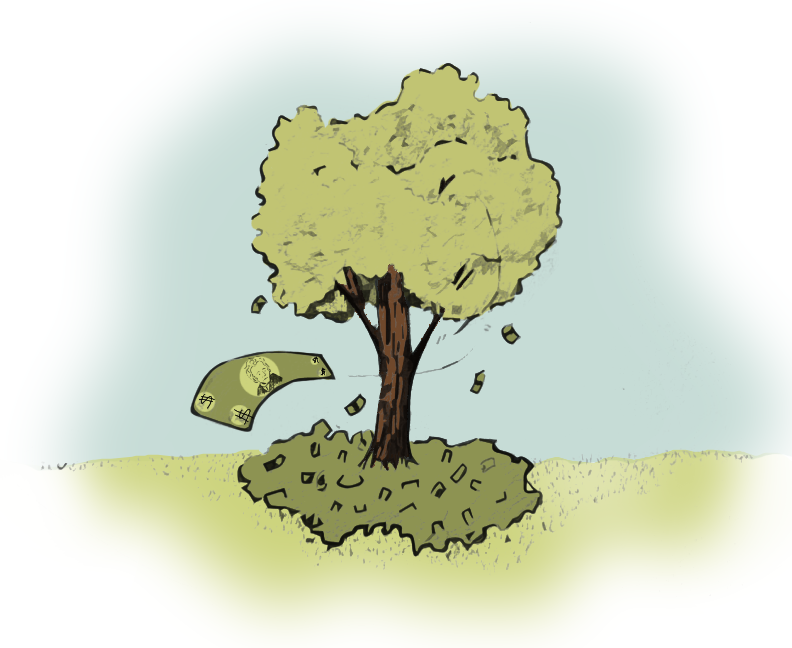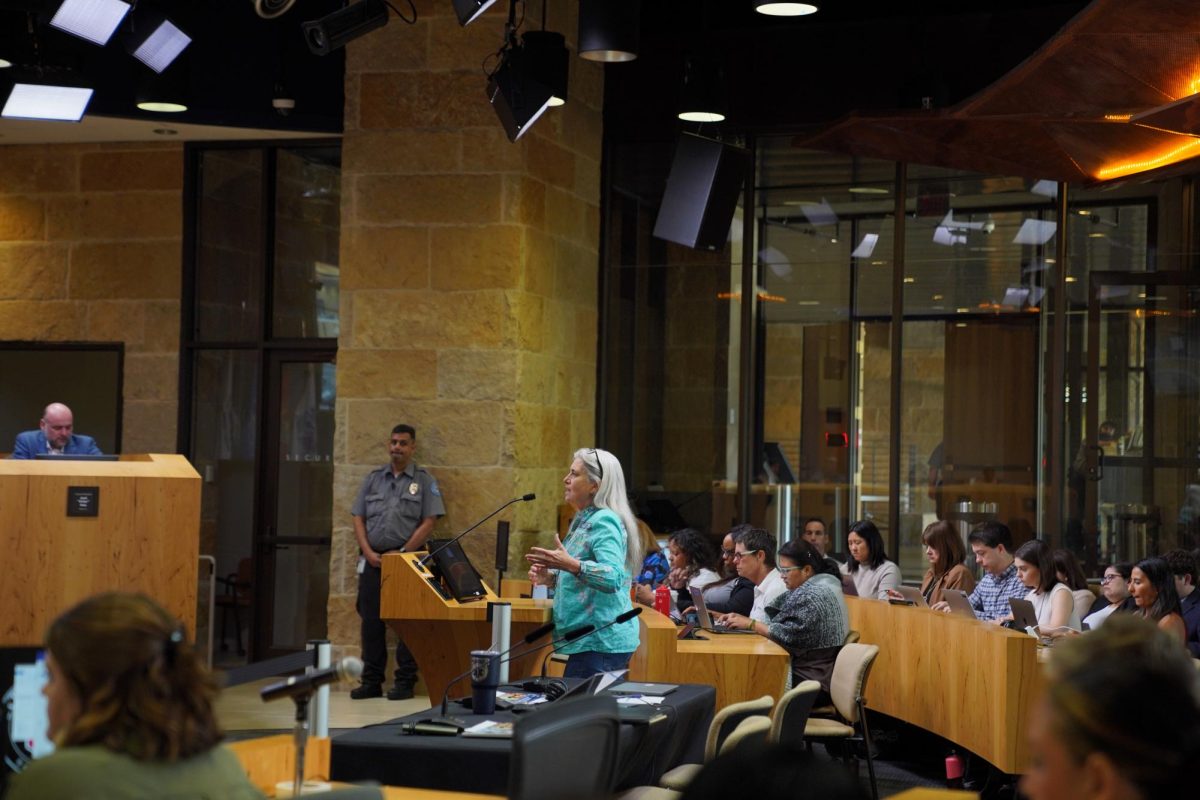Editor’s note: This article was originally published on Aug. 3, 2023, but some facts were updated on Aug. 6, 2023.
Austinites who frequent the Ann and Roy Butler Hike-and-Bike Trail at Lady Bird Lake might GOAT a pleasant surprise this month when they encounter four-legged and two-horned faces.
The Trail Conservancy, a nonprofit organization, launched its Goats on The Trail initiative to clean up poison ivy and other invasive plants on the trail.
Grady Reed, park operations director for The Trail Conservancy, oversees the program and its contractors for vegetation management along the 10-mile loop around Lady Bird Lake and the surrounding 110 acres of natural areas in the parkland.
“During my time in Houston, I was doing work at Memorial Park and learned about their efforts at the nearby Houston Arboretum, and we started to look at some of our landscapes that just had a really high density of poison ivy and invasive species,” Reed said. “(We) went to Rent-A-Ruminant, so we reached out and brought them down to ride the trail and as part of a pilot program we’re doing this summer.”
Carolyn and Kyle Carr, co-owners of Rent-A-Ruminant Texas, use goats instead of pesticides and fertilizers to sustainably remove unwanted plants from certain areas. The company contains and monitors the goats as they move through secluded regions and different landscapes.
“One of the main species (The Trail Conservancy) are dealing with is poison ivy. … The poison ivy was keeping them from managing their understory,” Kyle Carr said. “Goats are the perfect solution because they will readily eat poison ivy and have no ill effects from eating it, so the goats came in to do that plus other invasives as well.”
Over the past few weeks, 150 goats have lived and grazed along the trail, with The Trail Conservancy managing their progress. The goats assisted in increasing the landscape’s accessibility to contractors and volunteers for new projects. Reed said that after the goats eat the vegetation, some plants will regrow, but workers can supply mulch and replant understory habitats in the fall.
“We’ll be measuring the success (of the goat vegetation management) over the next few years,” Reed said. “As we use this to compare against other types of restoration that we’re doing … we’re creating more functional understories that you can see through better. If they’re higher in native species and lower in invasive species, that’s how we’ll measure it, and we’re looking forward to seeing how it goes.”
















